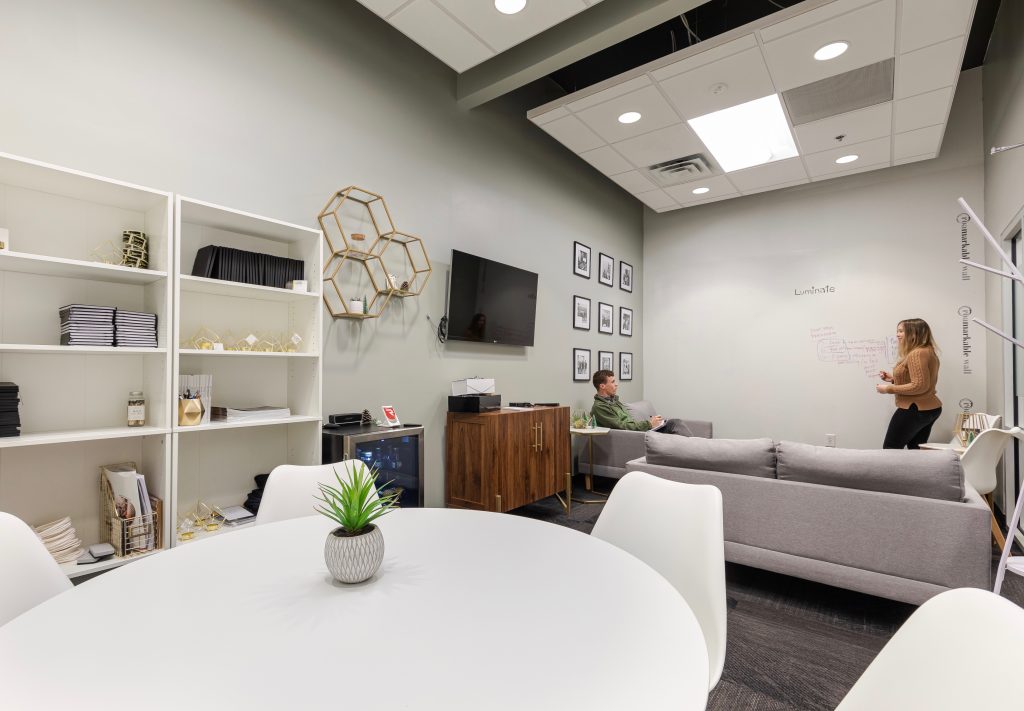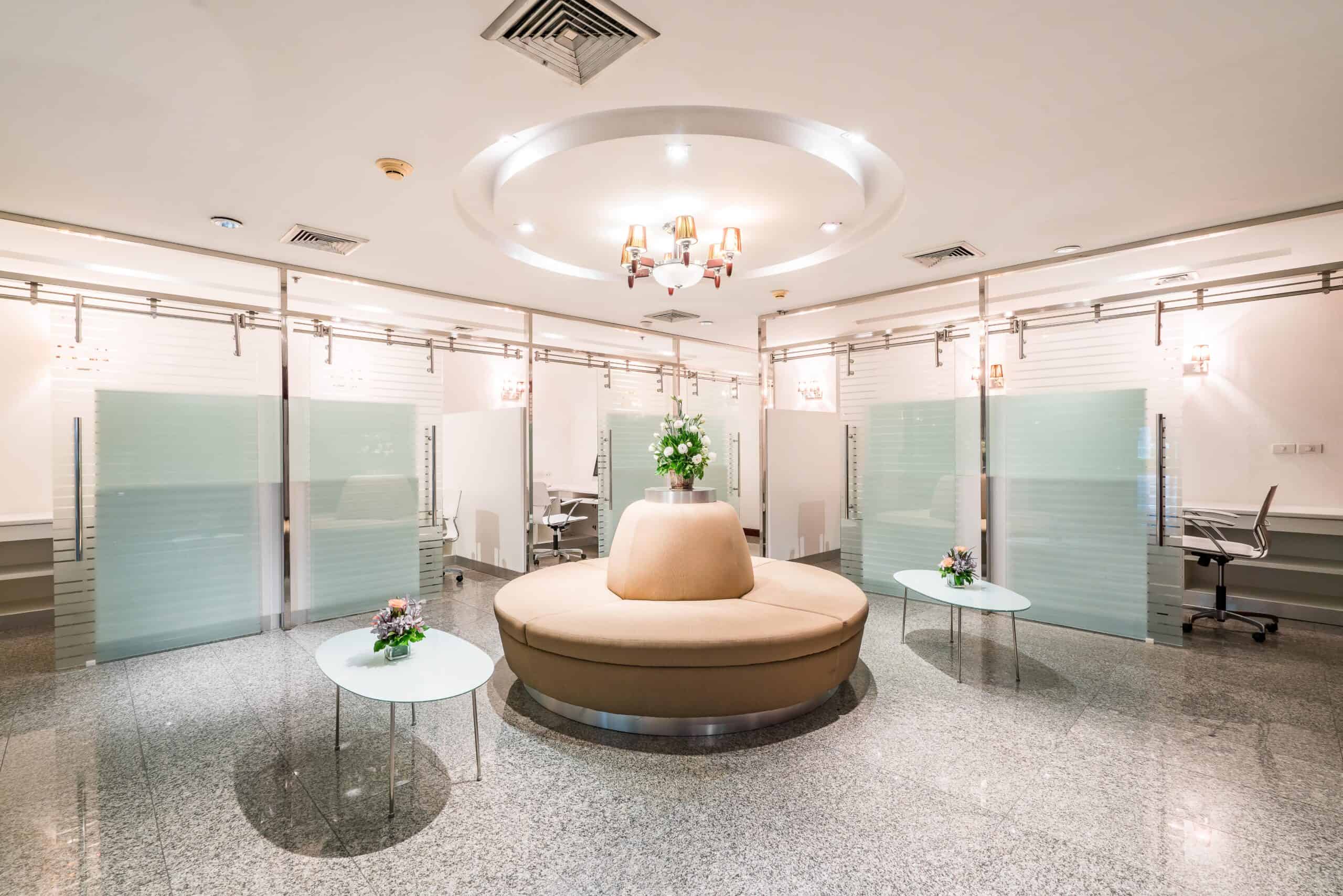While utilizing Private Name Privileges digital products, there are a few basic lawful contemplations that one should know about to guarantee consistence and stay away from likely legitimate traps. PLR products are pre-made content that you can buy the freedoms to and afterward alter, brand, and sell as your own. While this can be an integral asset for content creation and displaying, it accompanies explicit lawful commitments and limitations that need cautious consideration. It, first, is vital to grasp the permitting arrangement. Each PLR product accompanies its own arrangement of freedoms and constraints illustrated in the permitting understanding. These can change fundamentally starting with one product then onto the next. Some PLR licenses might permit you to adjust the substance widely, while others might force severe rules on what can be changed. Moreover, certain licenses might allow you to exchange the product, yet not offer free of charge or use in specific kinds of media.
It is pivotal to completely peruse and understand these terms to guarantee you are not accidentally abusing the arrangement, which could bring about lawful activity from the first satisfied maker or freedoms holder. Another significant thought is copyright consistence and visit this site for further information plrdigitalproducts.net. At the point when you get a PLR product, the first maker commonly holds the copyright, while you are conceded explicit use freedoms. This implies you should regard the first maker’s licensed innovation freedoms. Neglecting to stick to the permitting terms can prompt copyright encroachment issues. Furthermore, even with PLR content, you ought to try not to duplicate and sticking huge segments of text without change, as this can set off copy content punishments from web search tools and may not line up with fair use standards. Brand name issues can likewise emerge while utilizing PLR products. Guarantee that any marking, logos, or brand names remembered for the PLR content do not encroach on existing brand names.
This incorporates checking for reserved names, logos, or expressions that may be available in the product. Utilizing reserved material without consent can prompt expensive legitimate debates and harm to your image’s standing. On the off chance that vital, rebrand the substance to stay away from any potential brand name clashes. In the event that the PLR product includes gathering or taking care of individual information, you should guarantee consistence with pertinent information security guidelines, for example, the Overall Information Assurance Guideline and Customer Protection Act. This incorporates having clear protection arrangements, acquiring essential assents, and guaranteeing information is put away safely. It is additionally fitting to consider the moral ramifications of utilizing PLR content. While it is lawfully passable, moral inquiries regarding inventiveness and realness might emerge.




